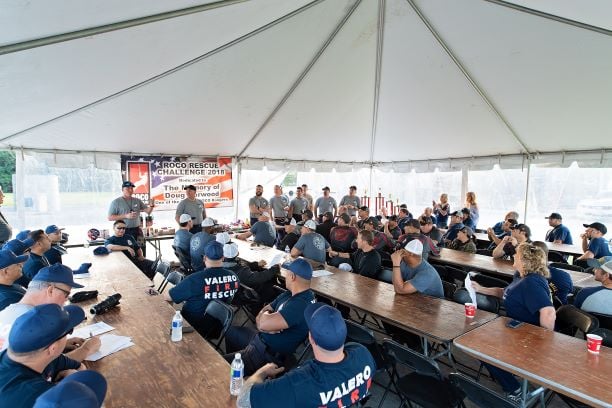Many small-town fire departments often have their share of big-time hazards, but perhaps none fits that bill like the Westlake Fire Department in Southwest Louisiana. This department, located on the I-10 industrial corridor, is surrounded by some of the largest petrochemical plants in the nation, and it’s growing daily. And, while maybe small in number, this department must be ready for some of the most diverse hazards possible – many with huge implications for their community.

Winner of Roco's LFCA Training Course Giveaway
With that said, we are extremely proud to have awarded the Westlake Fire Department with FREE Roco training as the winner of our Urban/Industrial Rescue Essentials™ Course Giveaway at the Louisiana Fire Chiefs Association (LFCA) annual conference. This course giveaway affords us the opportunity to offer life-saving training while showing our support for all of the hard work that first responders do every day to serve their communities.
We recently sat down with Westlake Fire Department’s Assistant Fire Chief, Jimmy Boyette, to learn a little more about their operation, what drives them and how Roco’s confined space and high angle rescue training can benefit them. Check out our conversation below.
Roco: First, tell us more about your department…what is the makeup of your organization and what sort of emergencies are you responsible for covering?
Westlake FD: Westlake Fire is made up of one Fire Chief, two Assistant Fire Chiefs, three Shift Captains, three Shift Lieutenants, and (when fully staffed) six Firefighters. We are also currently working with the city and our Fire Board to secure more staff members to better assist our rapidly growing area. We respond to the City of Westlake and the surrounding areas (Ward 4, Fire District 3) in Calcasieu Parish. We run fire, rescue, medical, and HAZMAT emergencies in our extremely industrial area.
Roco: Currently, how often does your department conduct training?
Westlake FD: We train three days a month at the Calcasieu training center. We try to stick with a theme or concentration, such as car extraction, medical help, etc. We encourage anyone who shows interest to attend, although it’s hard when there are only seven spots and all 15 of our members want to go!
Roco: What are some of the specific hazards that your department faces and what technical rescue incidents could they pose?
Westlake FD: Our city is surrounded by industry, which presents many potential confined space and high angle scenarios for our department. The multi-billion-dollar Sasol plant expansion took place, essentially, in our backyards – and that is just one of the plants that is local to our area. In our response area also lies the Isle of Capri Casino high-rise construction project along with numerous apartment complexes with more on the way. Then, we have the I-10 Calcasieu River bridge, which poses a continuous hazard for the thousands of travelers on I-10 each day. Add in a passenger rail train, and the fact that we are surrounded on three sides by water – all come with their own unique opportunities for varying types of rescue disciplines.
Roco: Because you are located in such a highly industrialized area, do you have a mutual aid agreement with other agencies? How does that work?
Westlake FD: We are a part of the Southwest LA Mutual Aid Association, which is a large agreement between municipalities and industries to help provide HAZMAT and supplies outside of normal capabilities when needed. Any entity of the association can call upon another member for resources in time of a major disaster or event. When manpower or resources are lacking, members can step in and help each other. The organization meets monthly to keep a pulse on what members and local businesses are doing and how we may be able to partner together.
Roco: Ideally, how many department personnel would you like to be trained in confined space and high angle rescue? Why do your members join the rescue team?
Westlake FD: Because we are a small department, we would like to see everyone rescue trained, but so many still need the right training in order for that to happen. Those who serve on the rescue team generally have a passion for going above and beyond to serve the community. Many of them have generational ties to first responders, and a number of our team members previously served in the military. A common theme we see is that our members want to serve their community after serving their country.
“A common theme we see is that our members want to serve their community after serving their country.”
Roco: What made you seek this training grant from Roco Rescue?
Westlake FD: Our city is in the process of recovering from not only the global pandemic taking an economic toll on nearly all sources of funding (like everyone else), but also a near-direct hit from two back-to-back hurricanes; a once-in-a-generation freeze; and, more recently, the floods that impacted Southwest Louisiana. All of this coming during an already difficult financial recovery due to mismanagement by a previous administration that almost left the city bankrupt. As a result, we are constantly searching to find and take advantage of all sources of free training. For example, we currently use the Lake Charles Fire Academy as an initial training for new employees. The majority of our members have a basic understanding of confined space/rope rescue techniques, but we believe having some (if not all of them) partake in more advanced training will help us flatten the learning curve. We also have a Captain and Assistant Chief who are previous graduates of Roco Rescue – and they have had nothing but great things to say about the level of training and experience of instructors at Roco; their reputation is unmatched.
“Our department leaders have had nothing but great things to say about the level of training and experience of instructors at Roco; their reputation is unmatched.”
Roco: Final question, what makes your team work well together?
 Westlake FD: Being small, everyone knows everyone. We fully encompass a total family atmosphere – we don’t just know each other, but we also know each other’s families. Westlake has a big-town feel but it is really a small-town attitude.
Westlake FD: Being small, everyone knows everyone. We fully encompass a total family atmosphere – we don’t just know each other, but we also know each other’s families. Westlake has a big-town feel but it is really a small-town attitude.
“We really encompass a total family atmosphere – we don’t just know each other, but we also know each other’s families.”
Roco applauds the hard work and dedication that every member of the Westlake Fire Department continues to show their community, and we are honored to train alongside this team. They recognized a need for more in-depth training and refused to back down until a solution was found. Assistant Fire Chief Jimmy Boyette stated, “We are in the heart of the industrial area of Lake Charles, which means a special operations division within our department is an absolute must.”


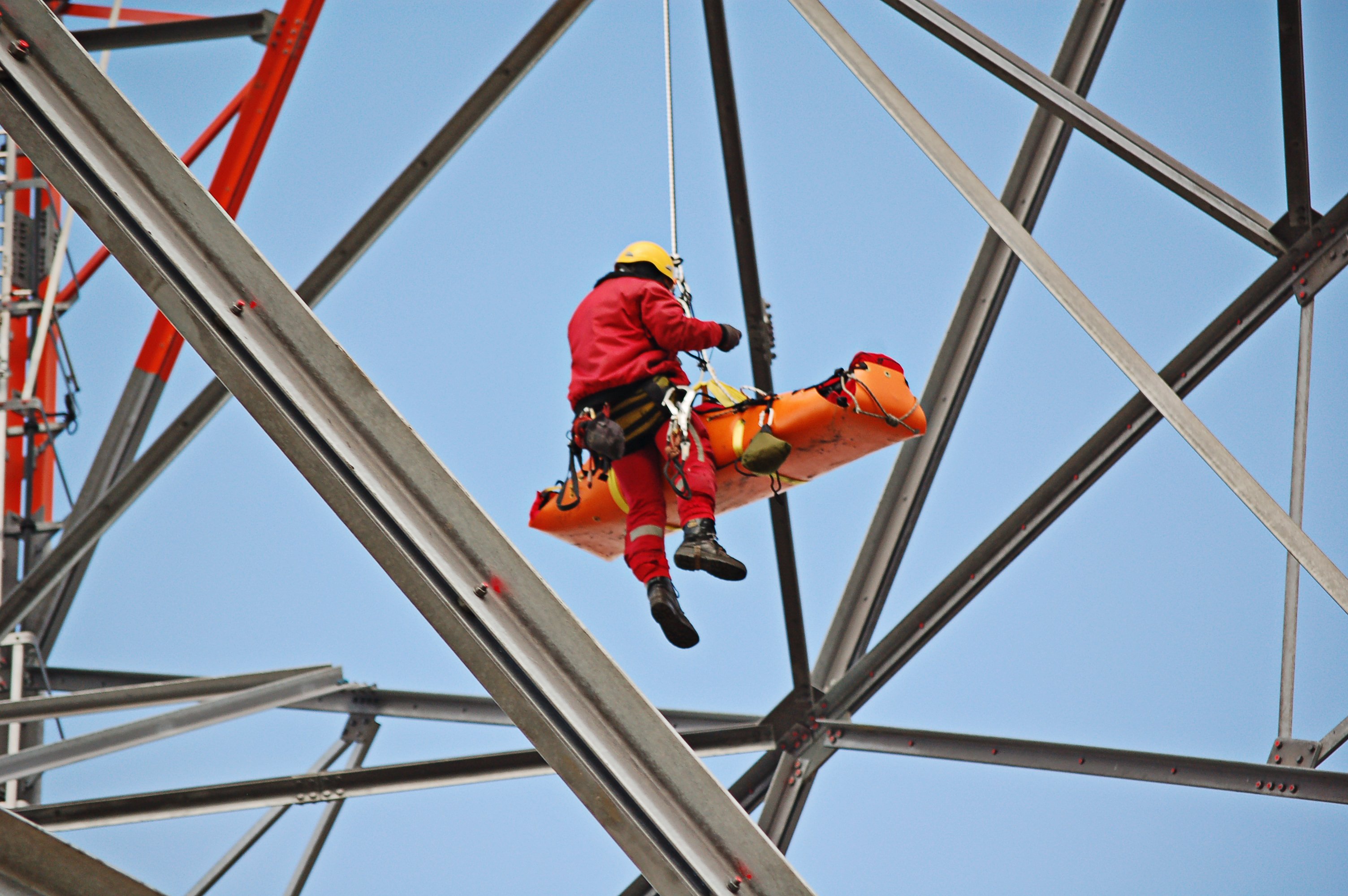
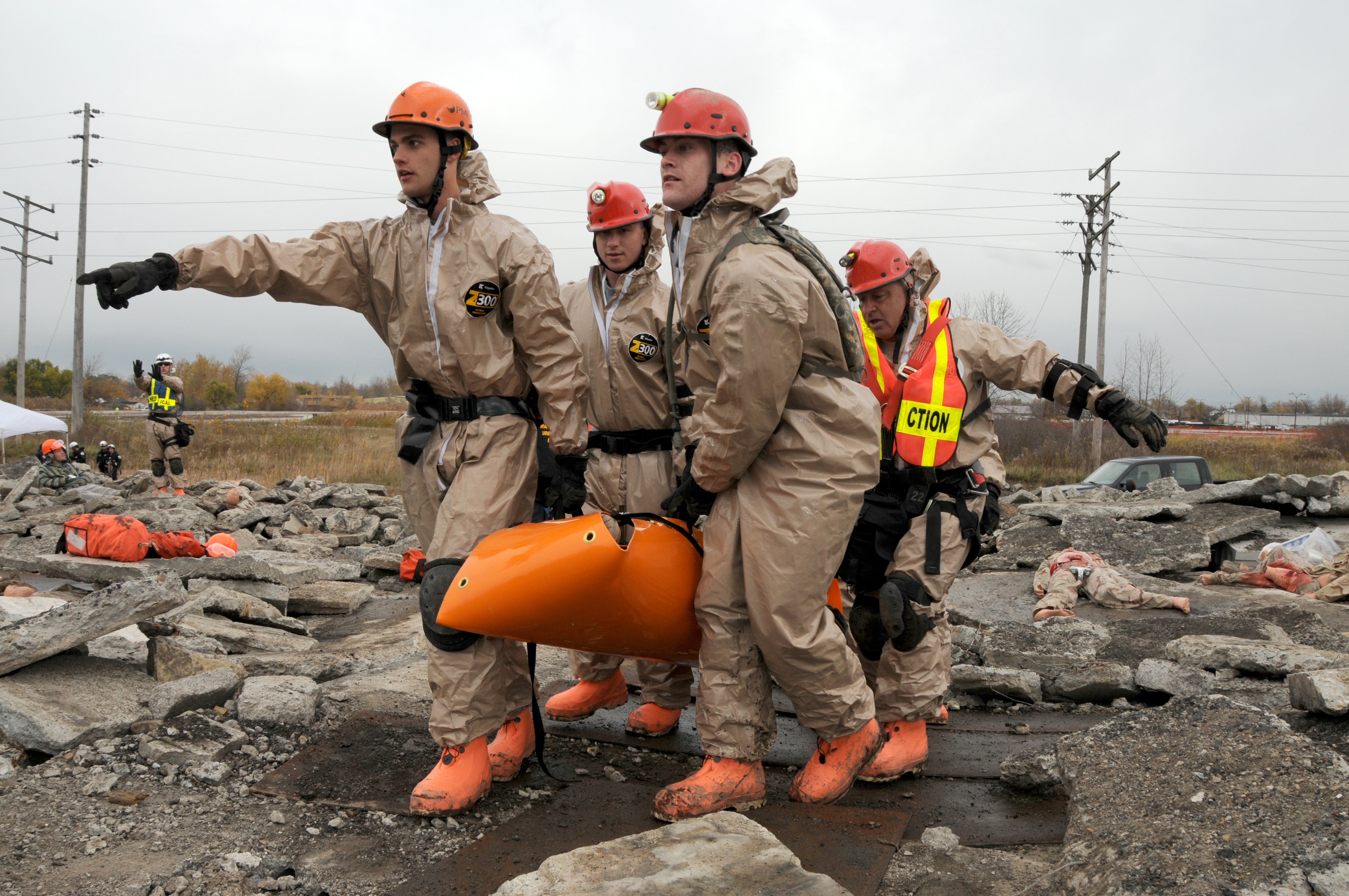
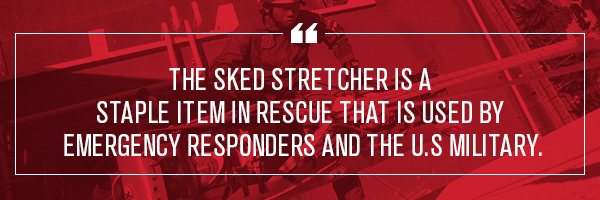
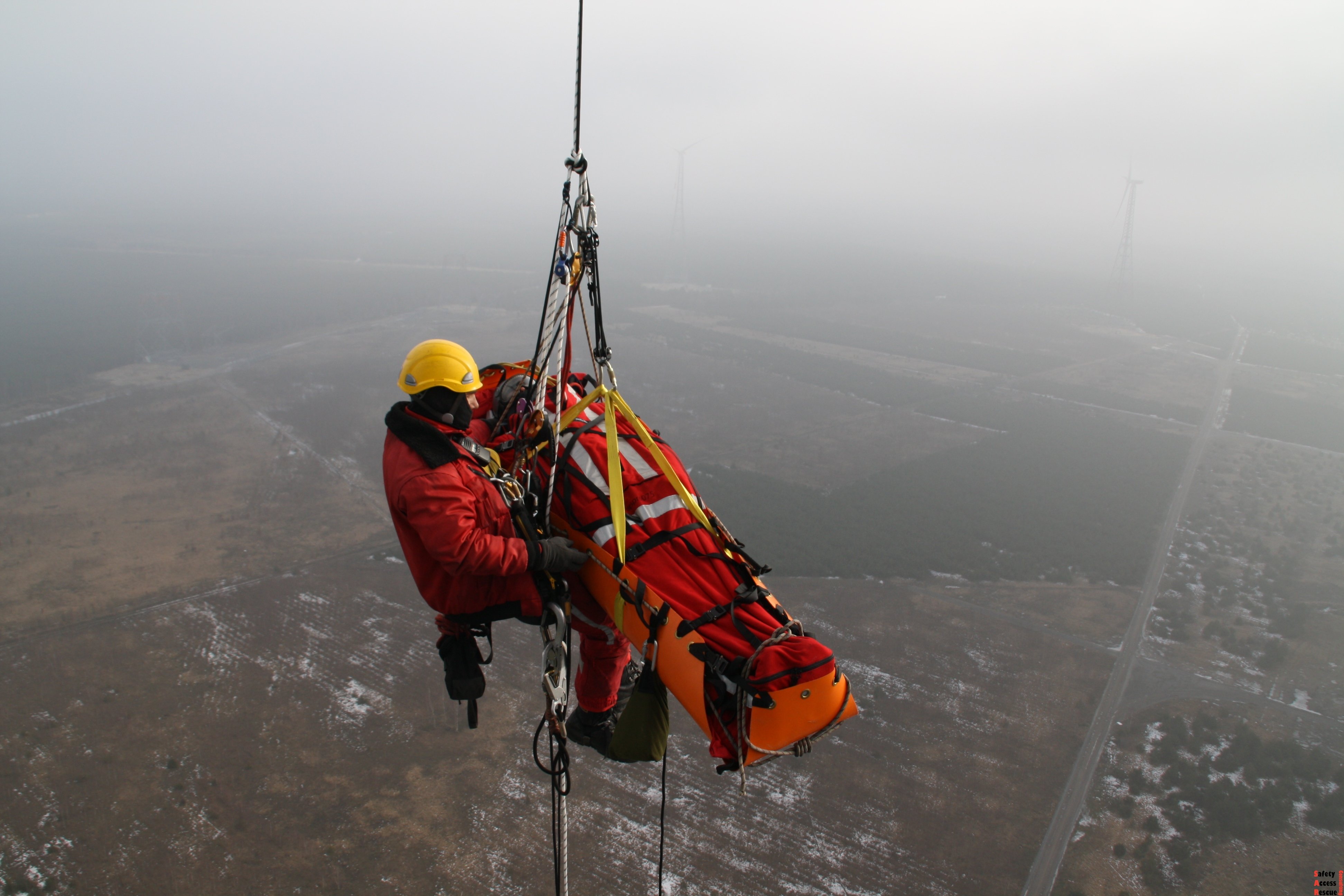
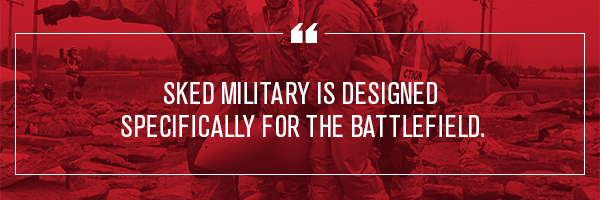
.jpg?width=1600&name=PHOTO-2018-11-21-23-48-58%20(6).jpg)
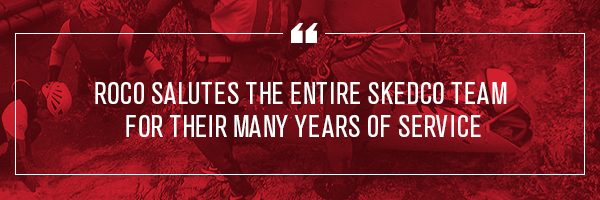
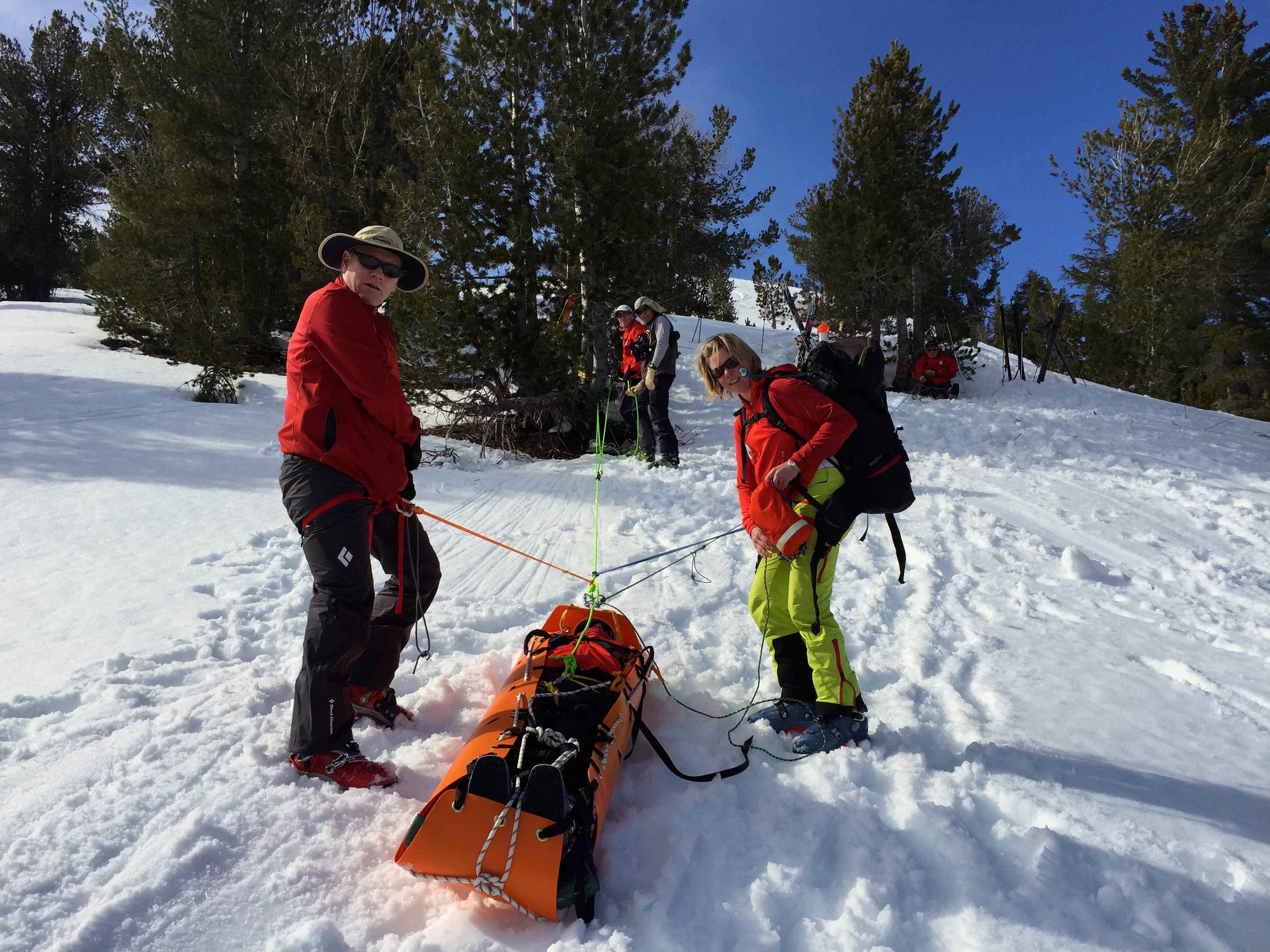
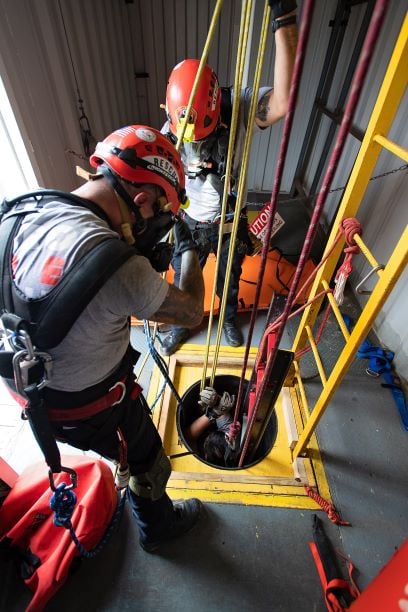 Valero Wilmington has attended Roco Rescue Challenge nearly every year since 1991 and has a stellar track record in the annual event. The safety and effectiveness of the team is a commitment taken very seriously by the group, and Challenge helps them hone their skills to the max, enhancing their culture of safety.
Valero Wilmington has attended Roco Rescue Challenge nearly every year since 1991 and has a stellar track record in the annual event. The safety and effectiveness of the team is a commitment taken very seriously by the group, and Challenge helps them hone their skills to the max, enhancing their culture of safety.